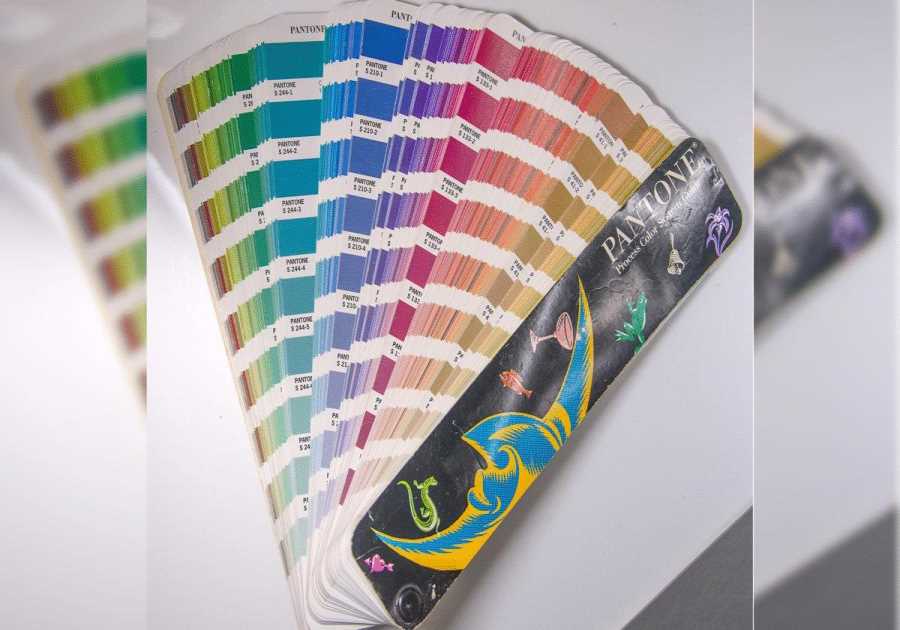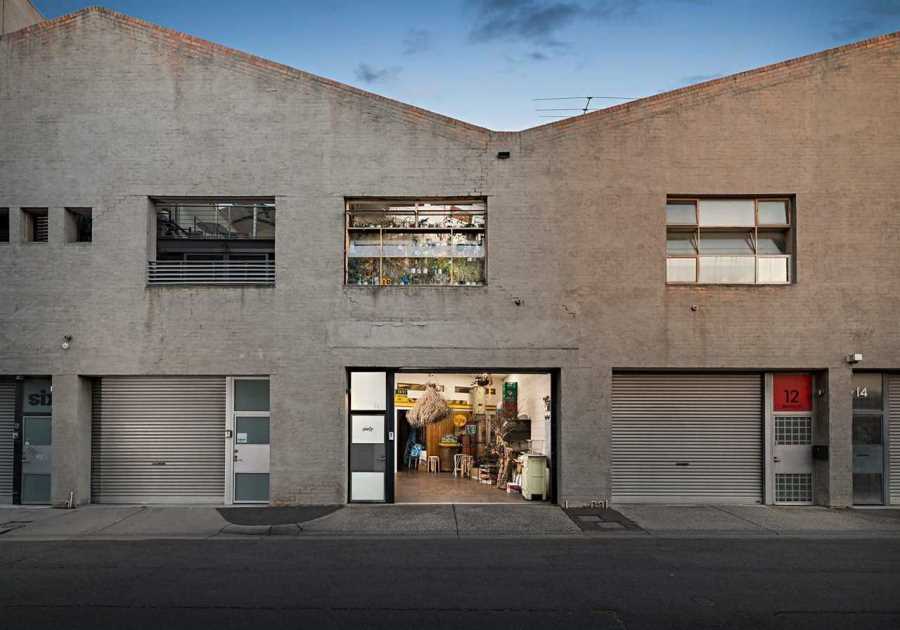Kanban kenchiku (signboard architecture) marks an important record of shifting early-20th-century Japanese tastes. Though increasingly rare due to urban planning, in recent years, some of the surviving structures are being reimagined.
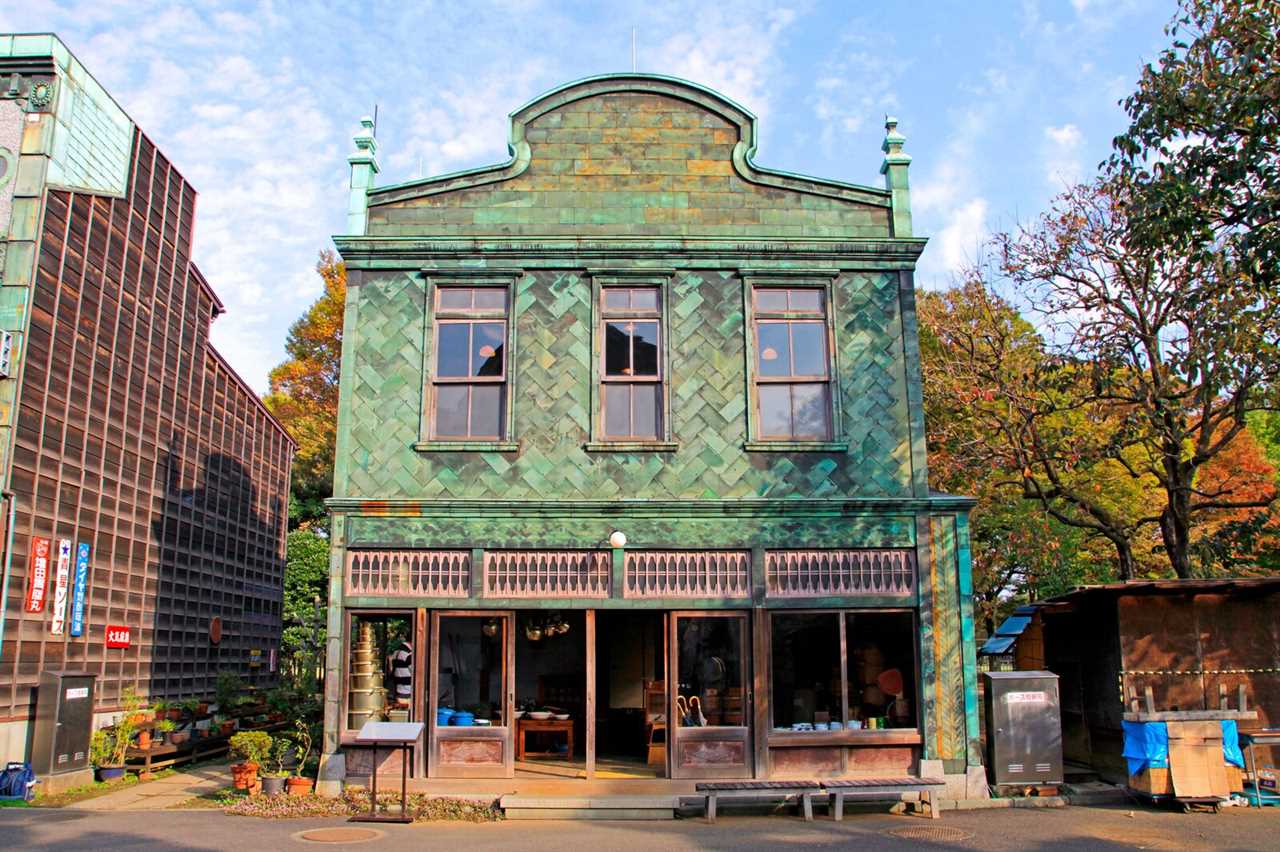
Welcome to Origin Story, a series that chronicles the lesser-known histories of designs that have shaped how we live.
Within Japan’s megacities, there remain a dwindling number of early-20th-century buildings from a time when Western influences contributed to shifting tastes away from traditionalism and toward something a little…kitschier. Known as kanban kenchiku (signboard architecture), these three-story buildings employ decorative facades inspired by Art Deco and neoclassical styles. In most cases, the first floor serves as a shop space, with the upper floors as living quarters for the proprietor. Though kanban kenchiku buildings have become increasingly rare as aggressive urban planning has often meant replacing them with bland, low-rise residential and mixed-use structures, some surviving examples have been preserved and reimagined by people and brands that see them as an important record of local craftsmanship—and an evolving Japan.
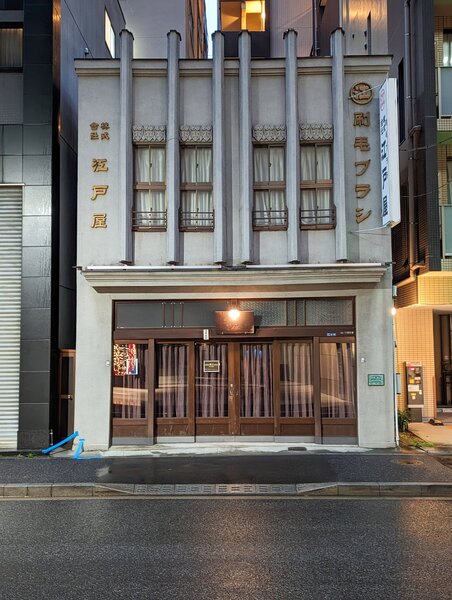
Courtesy W. David Marx
From the Ashes. After Japan’s devastating 1923 Great Kantō Earthquake, which triggered fires that destroyed thousands of buildings in and around Tokyo and caused an estimated death toll of 140,000, the government rebuilt the capital with a heavy emphasis on preventing future tragedies. New regulations required shops to use fire-resistant materials in their facades. Many proprietors chose mortar, which they would carve like marble into ornate decorative patterns and shapes. Another popular option was copper plating, which patinaed into a deep green. The term kanban kenchiku derived from the fact that the iconography on the facade acted as a signboard advertisement for the store.
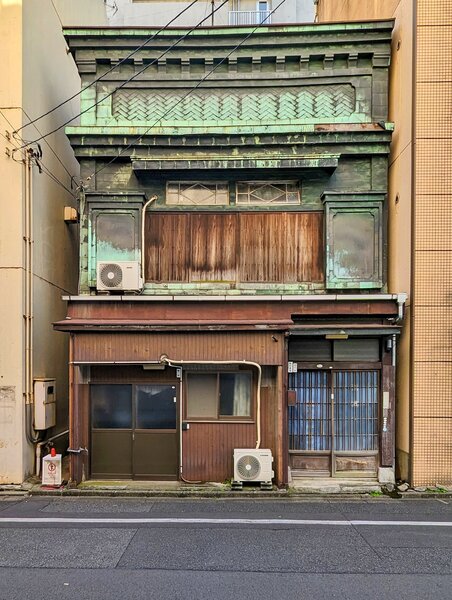
Courtesy W. David Marx
Art Deco Inspo. As Junya Miyashita, author of Japanese Signboard Architecture Illustrated, points out, kanban kenchiku was not the invention of formally trained architects, but arose from local builders’ meeting the needs of small-scale merchants. Western Art Deco styles were fashionable at the time, but with limited direct exposure to overseas architecture, neighborhood craftspeople created their own varieties, giving kanban kenchiku its unique, hybridized aesthetic. Facades would deploy a mix of tiles, brick, copper, and mortar elements to create color contrasts, with the name of the business prominently depicted in Japanese kanji characters or English. Some would even have elaborate crests and Roman columns carved into the mortar for adornment or be capped with arches and parapets.
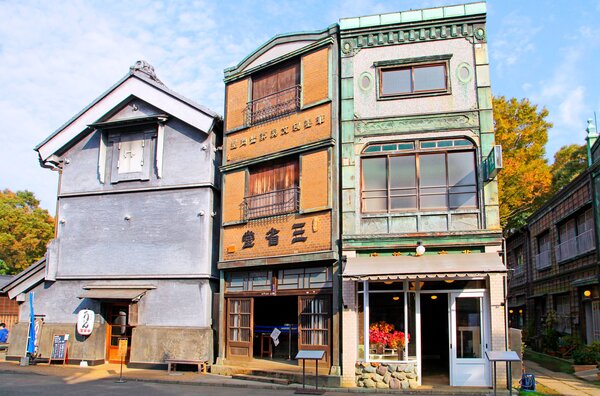
Photo by Hideo Kurihara / Alamy Stock Photo
See the full story on Dwell.com: Japan’s Dwindling "Signboard" Buildings
Read More
By: W. David Marx
Title: Japan’s Dwindling "Signboard" Buildings
Sourced From: www.dwell.com/article/kanban-kenchiku-signboard-architecture-japan-09b111fe
Published Date: Tue, 16 Jan 2024 13:02:19 GMT
Did you miss our previous article...
https://trendinginbusiness.business/real-estate/10-most-affordable-boulder-suburbs-to-live-in-2024
.png)


